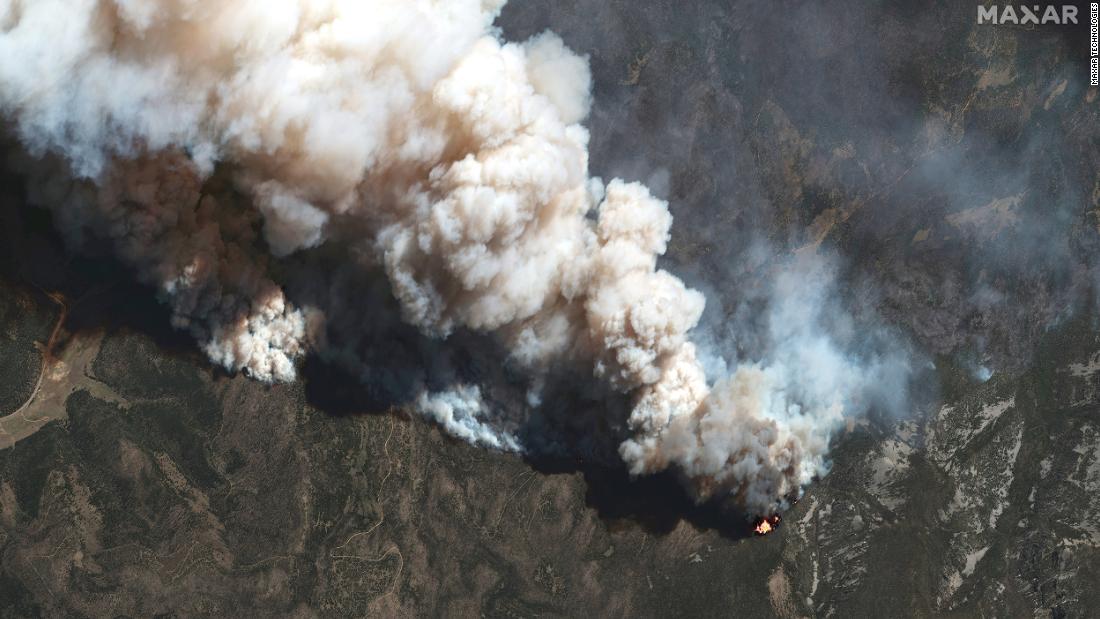Forest Service officials are hitting a pause on prescribed fires after a New Mexico burn escaped containment
During the pause on those operations, the Forest Service will conduct a 90-day review of protocols, practices and the decision support tools ahead of the operations planned for the fall, the chief said.
“Our primary goal in engaging prescribed fires and wildfires is to ensure the safety of the communities involved. Our employees who are engaging in prescribed fire operations are part of these communities across the nation,” Moore said. “The communities we serve, and our employees deserve the very best tools and science supporting them as we continue to navigate toward reducing the risk of severe wildfires in the future.”
The chief said prescribed fires go as planned in 99.84% of cases, but in “rare circumstances, conditions change, and prescribed burns move outside the planned project area and become wildfires.”
A New Mexico prescribed fire becomes a wildfire
New Mexico Gov. Michelle Lujan Grisham praised the forest service’s decision.
“While we’re clear about the long-term importance of carefully studied and well-managed prescribed burns as tools to improve forest management, it is critical that federal agencies update and modernize these practices in response to a changing climate, as what used to be considered extreme conditions are now much more common,” the governor said. “The situation unfolding in New Mexico right now demonstrates without a doubt the grave consequences of neglecting to do so.”
The Forest Service carries out an average of 4,500 prescribed fire projects each year, its chief said, adding “extensive planning occurs” before each one.
“Landscapes are analyzed for prescribed fire treatments and the effects on community well-being, vegetation, hydrology, threatened and endangered species and other values,” Moore said. “Extensive standard operating procedures to authorize prescribed fires include developing and coordinating a burn plan, site preparation, public notifications, weather and forecast monitoring and validation before a decision is made to go ahead.”
![]()


